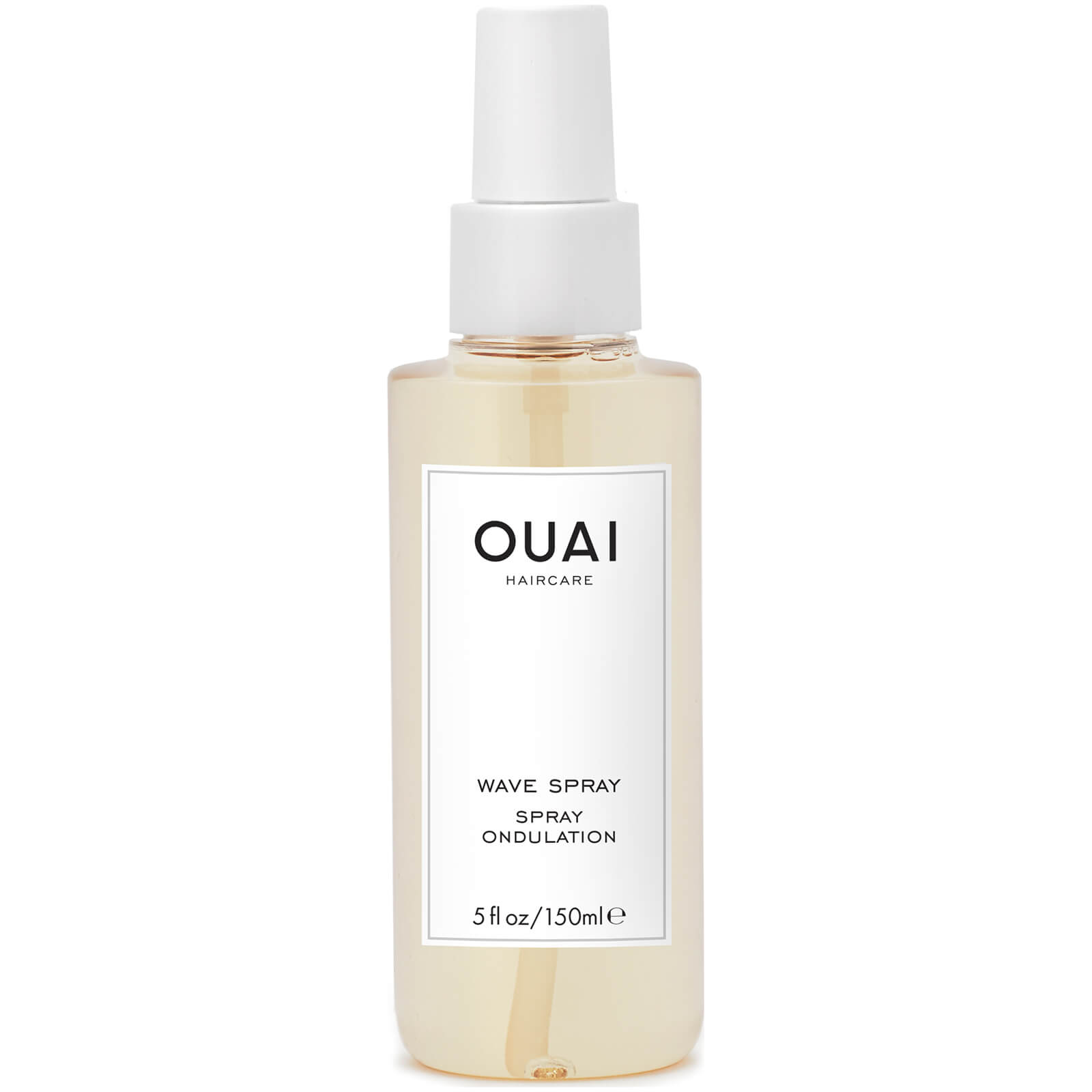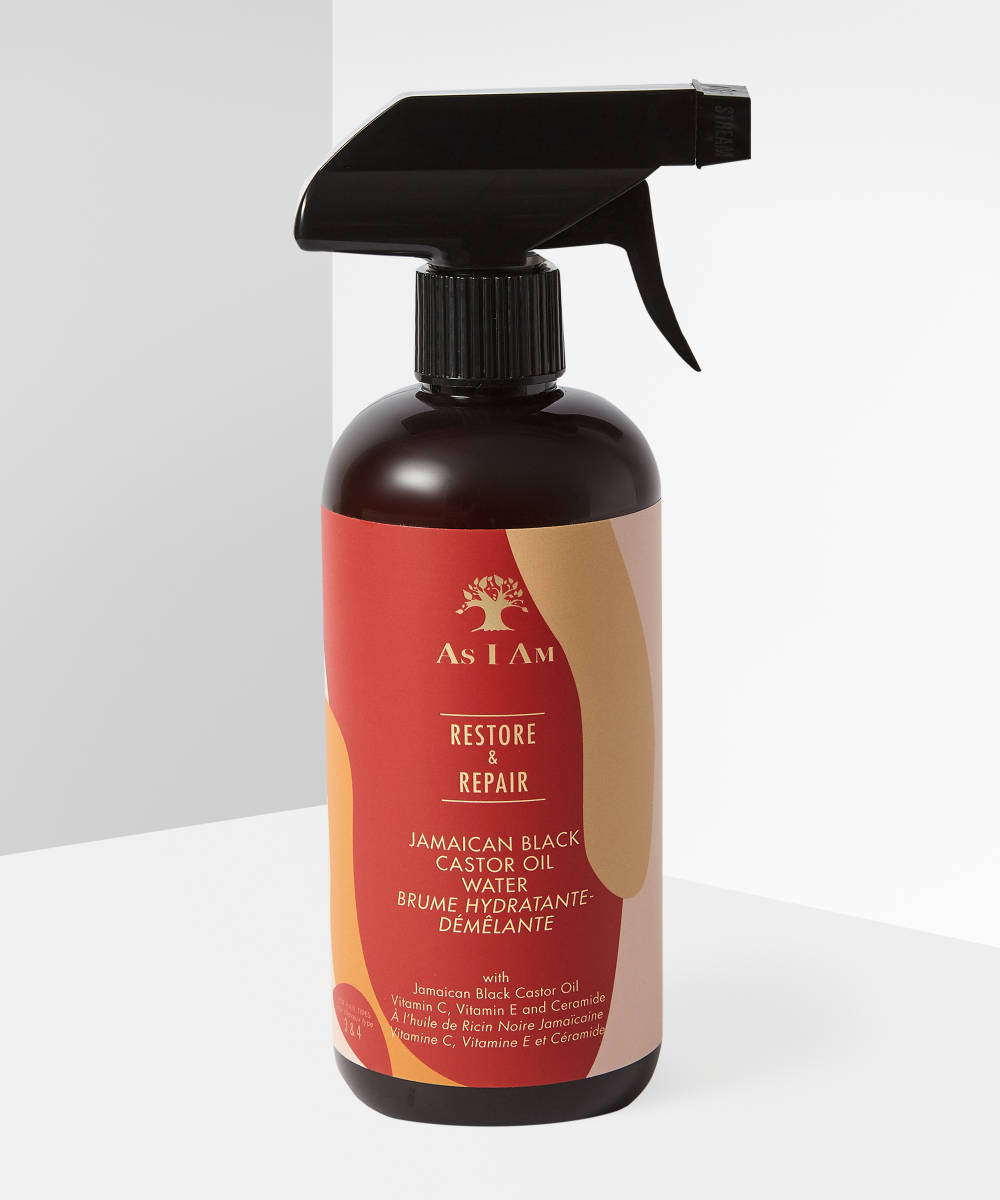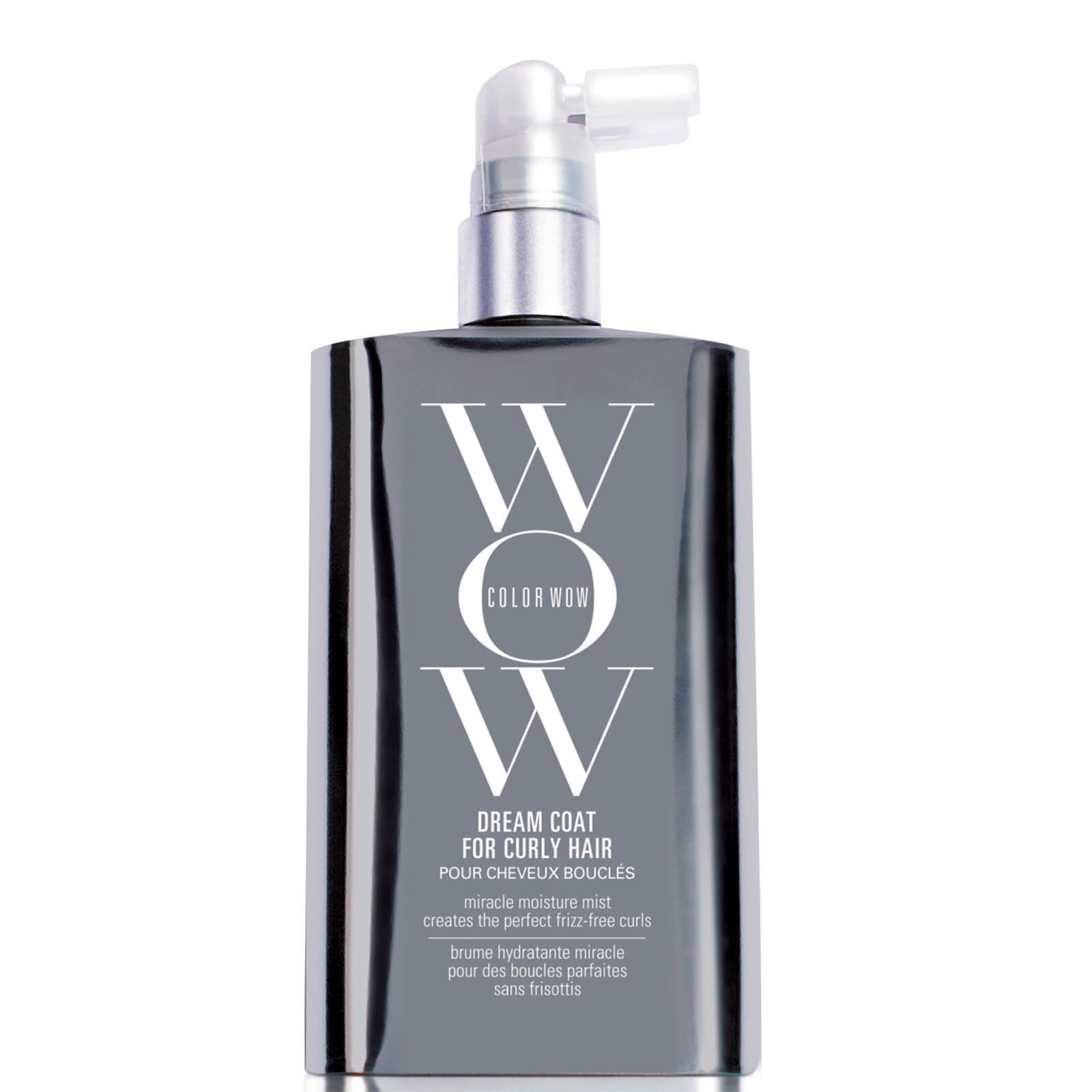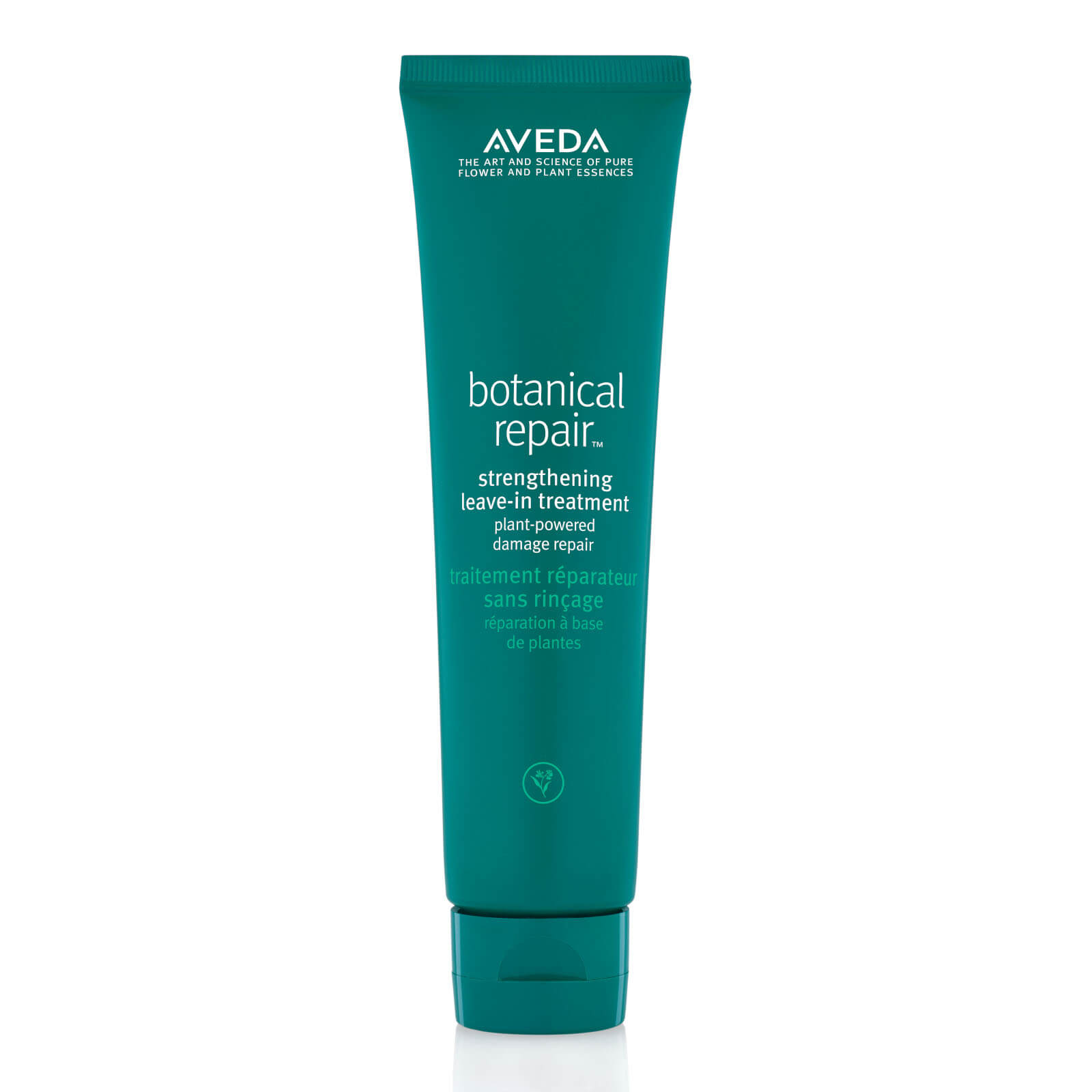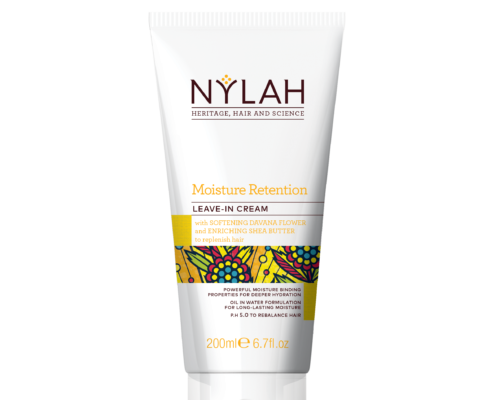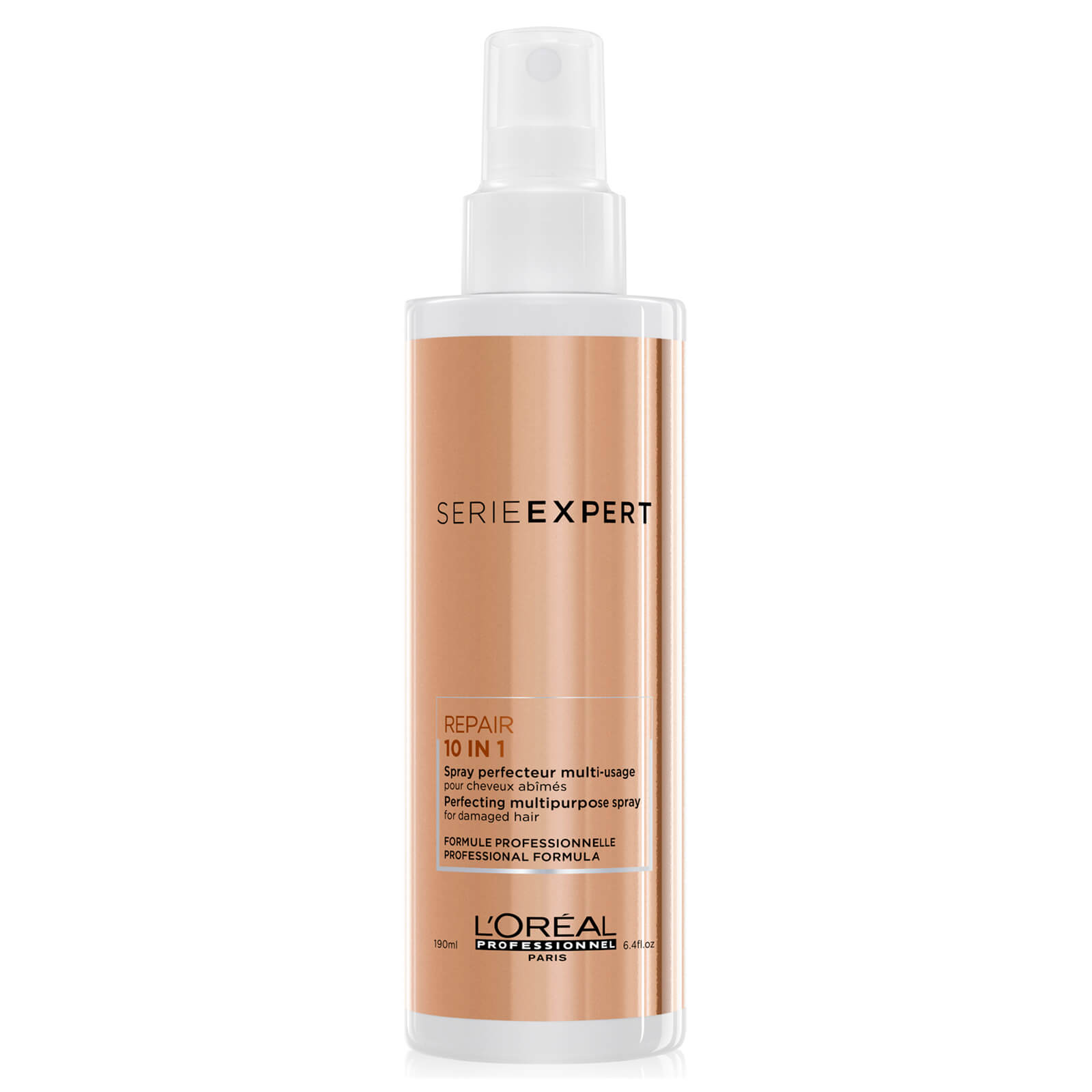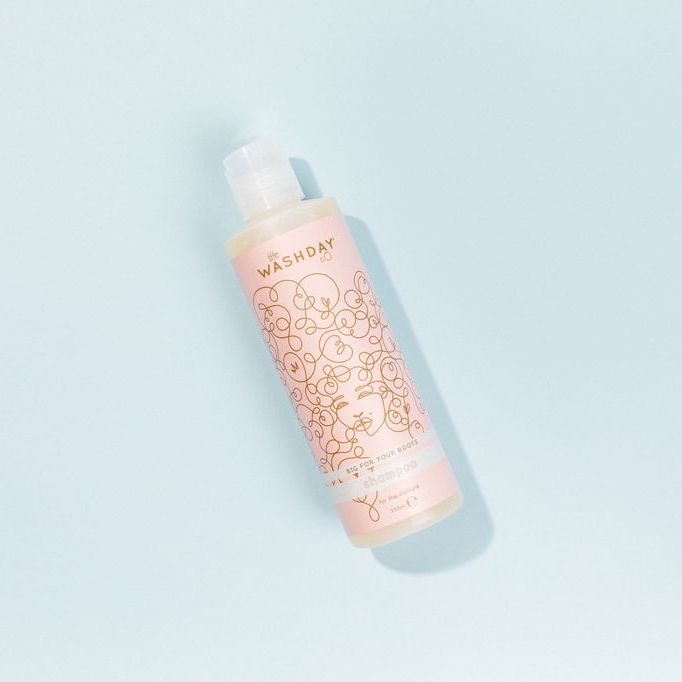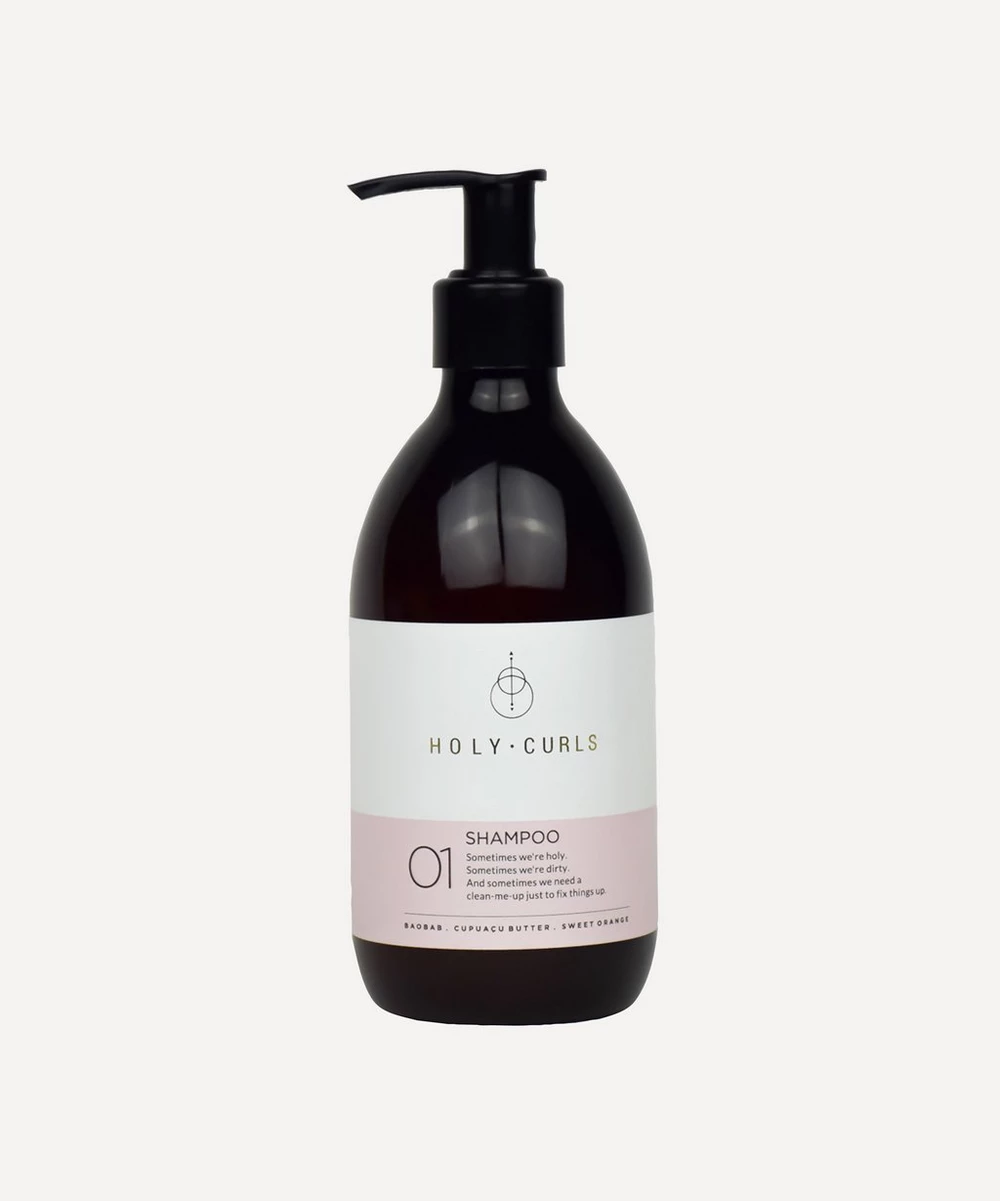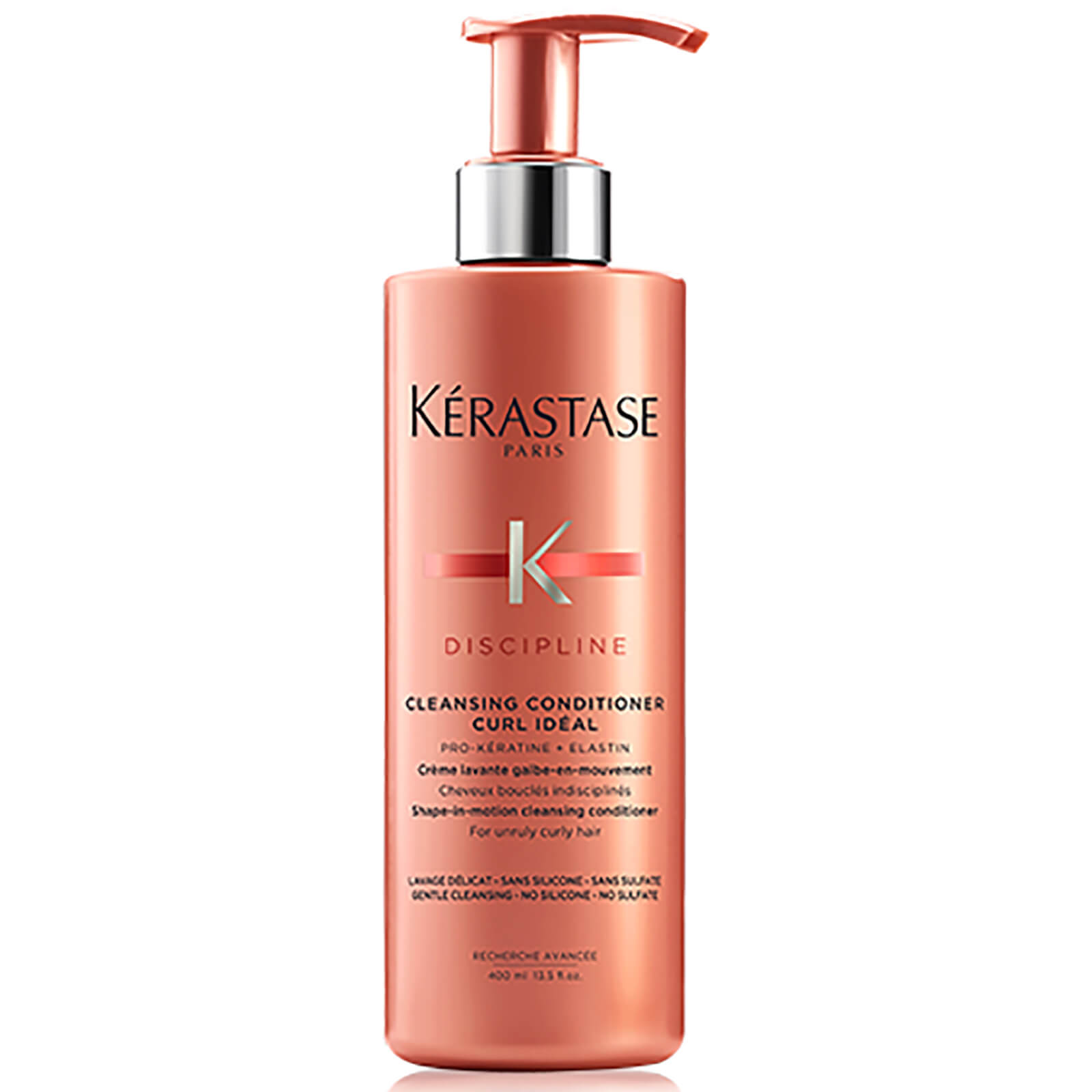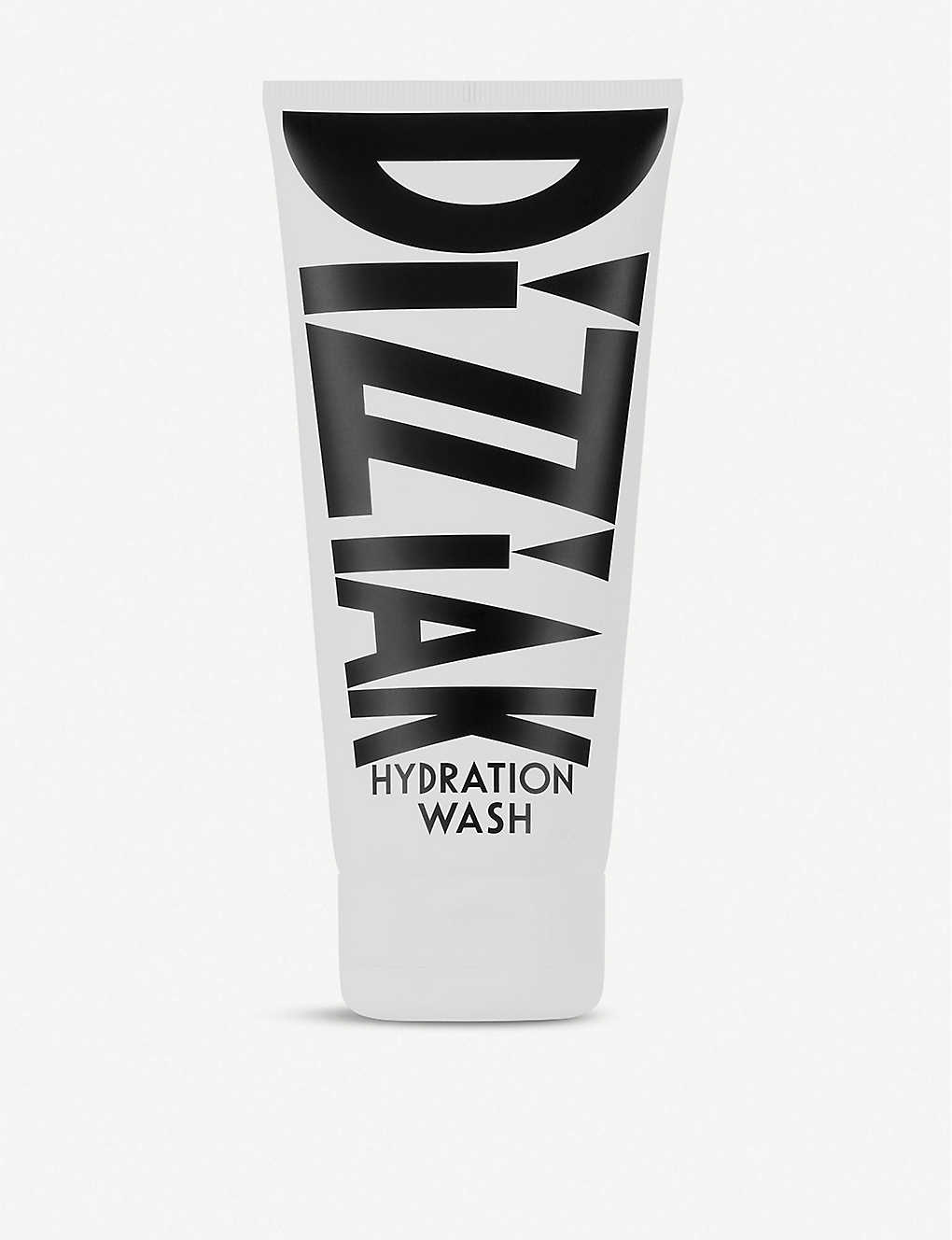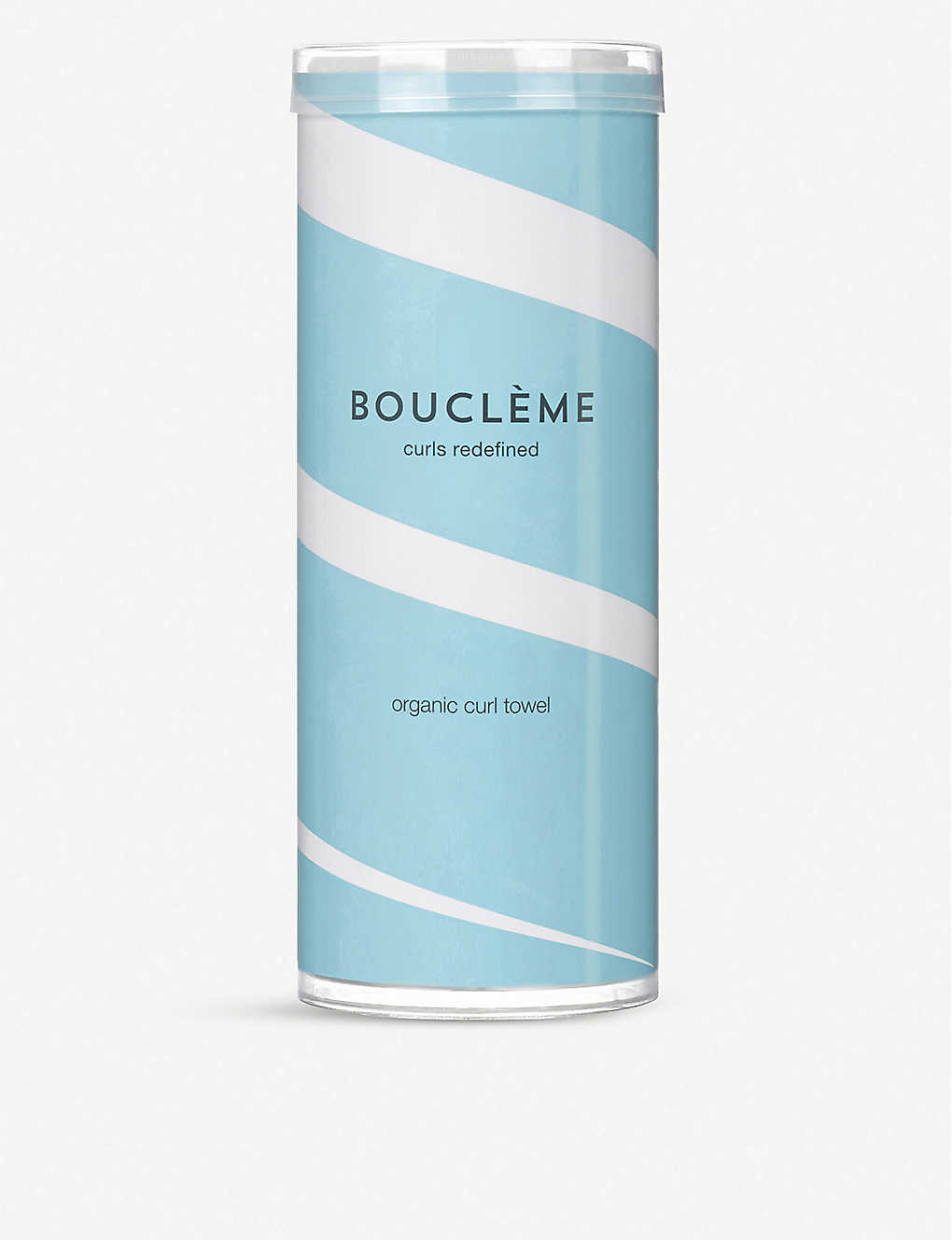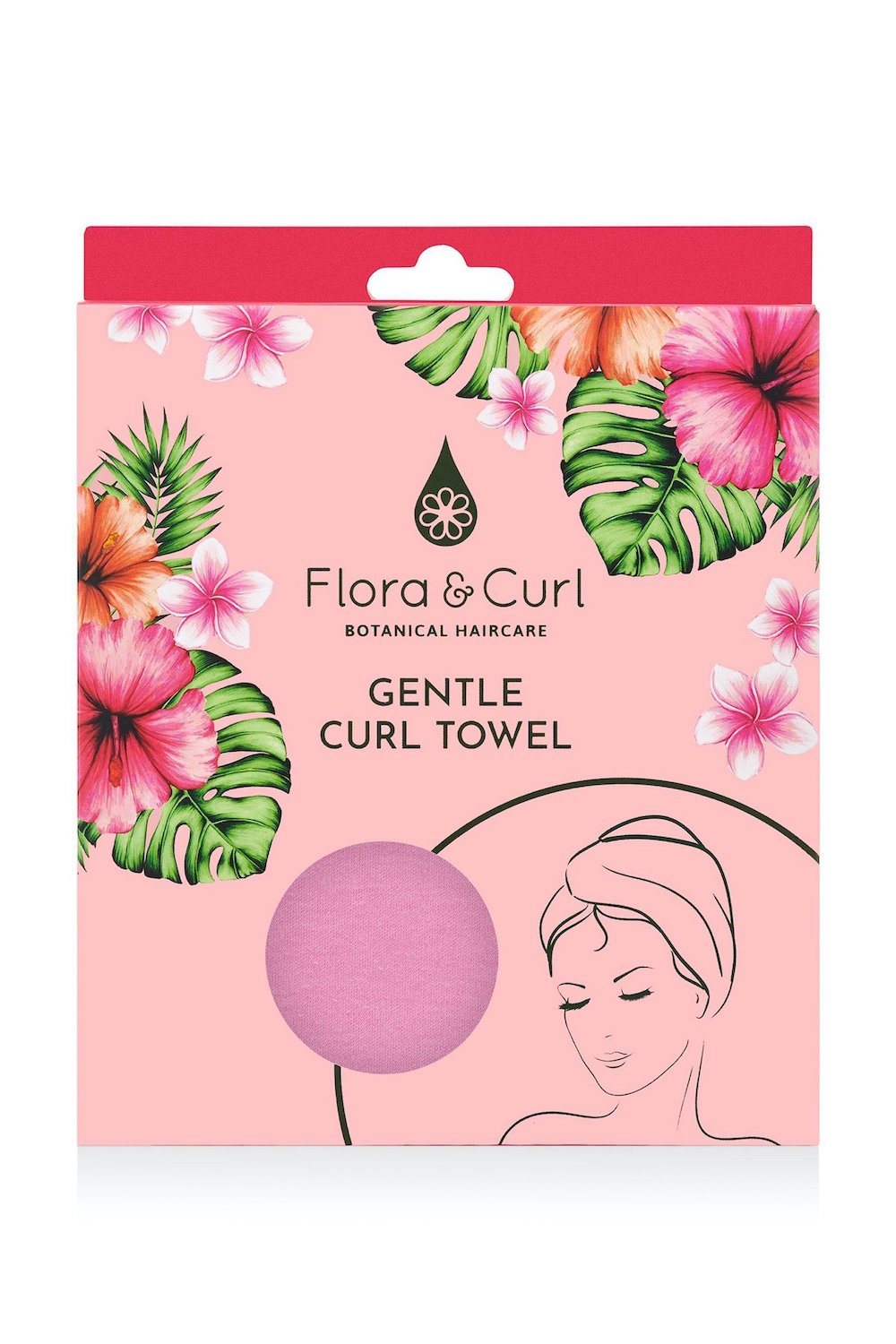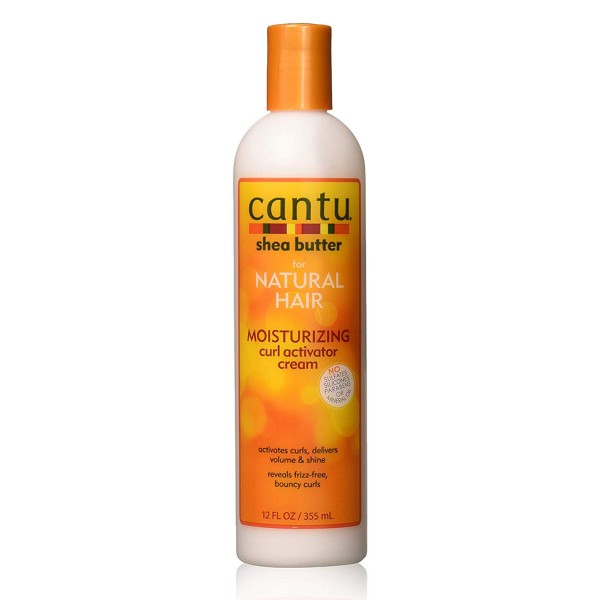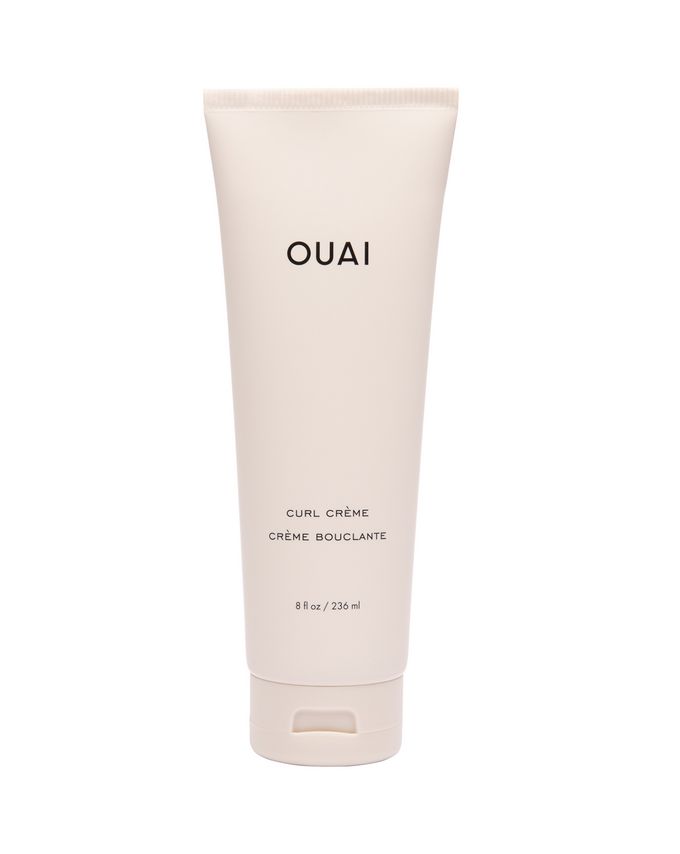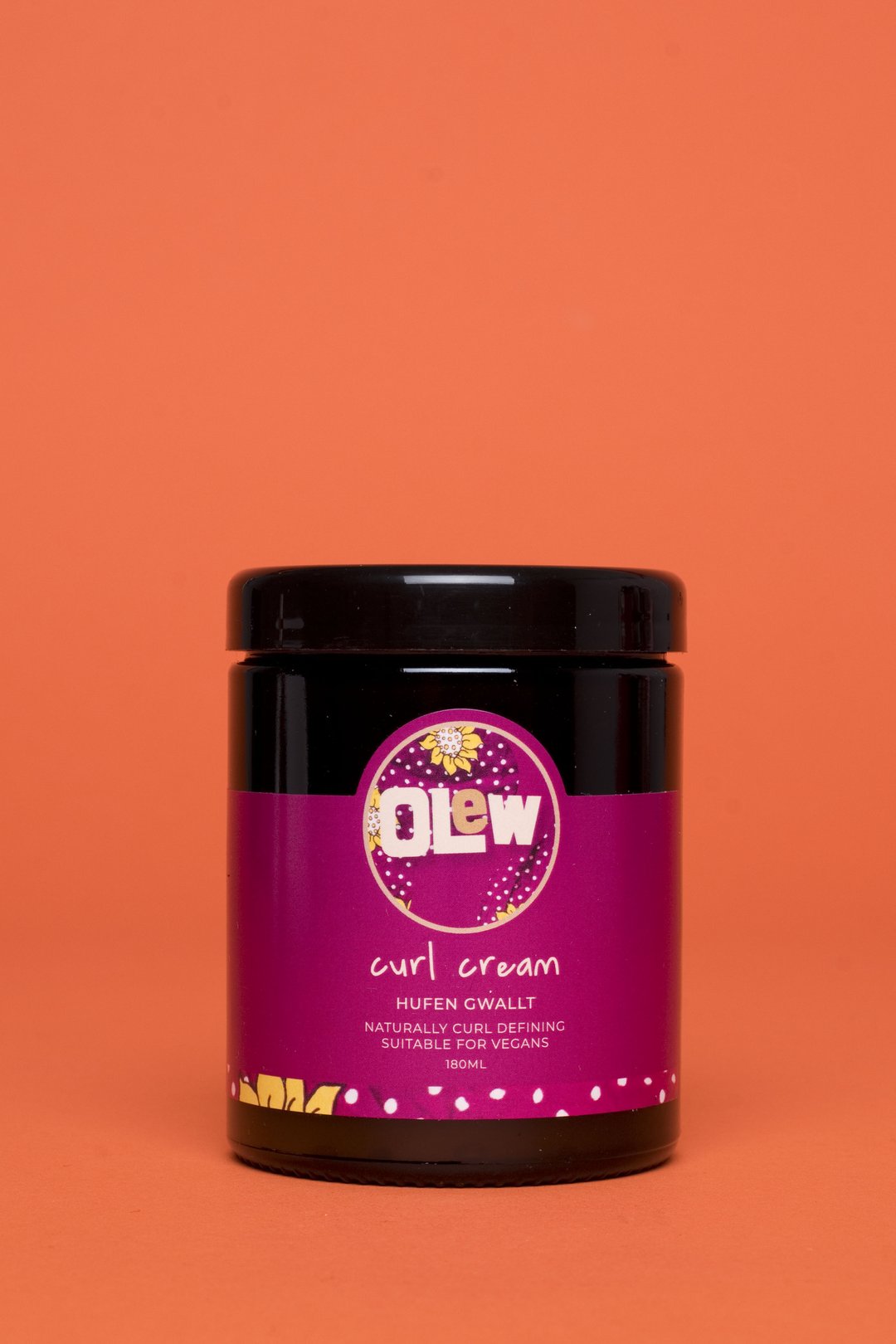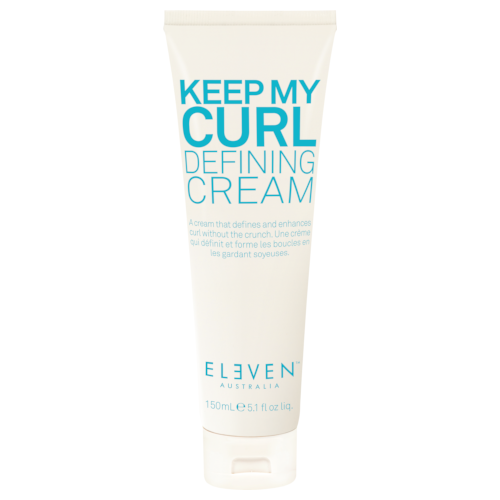The 7 Styling Rules That Curl Experts Swear By
Curly haircare and styling can be complex. With new super ingredients and products always trending and practices that are raved about by some and abhorred by others, it can be difficult to know what's best for your texture. Recently, I have been on my own journey with my natural texture and have been testing out loads of different techniques—more than I ever have. I have to say, I have become pretty great at braid-outs and twist-outs and have loved learning what oils, creams, gels and serums my hair loves and loathes. To put it simply, I’m feeling confident in my coils.
However, I can’t dismiss the fact that I have the best hair experts at my disposal to pose a long list of queries to whenever I like. They help to cut through the noise of the internet and have provided me with the simplest and most effective advice to put into regular practice, and my hair has truly benefitted.

Thankfully, your coils and kinks can feel the love too, as I’m sharing the hair rules that experts swear by to style curly hair. Keep scrolling to see them all.
Rule #1: Embrace hydration
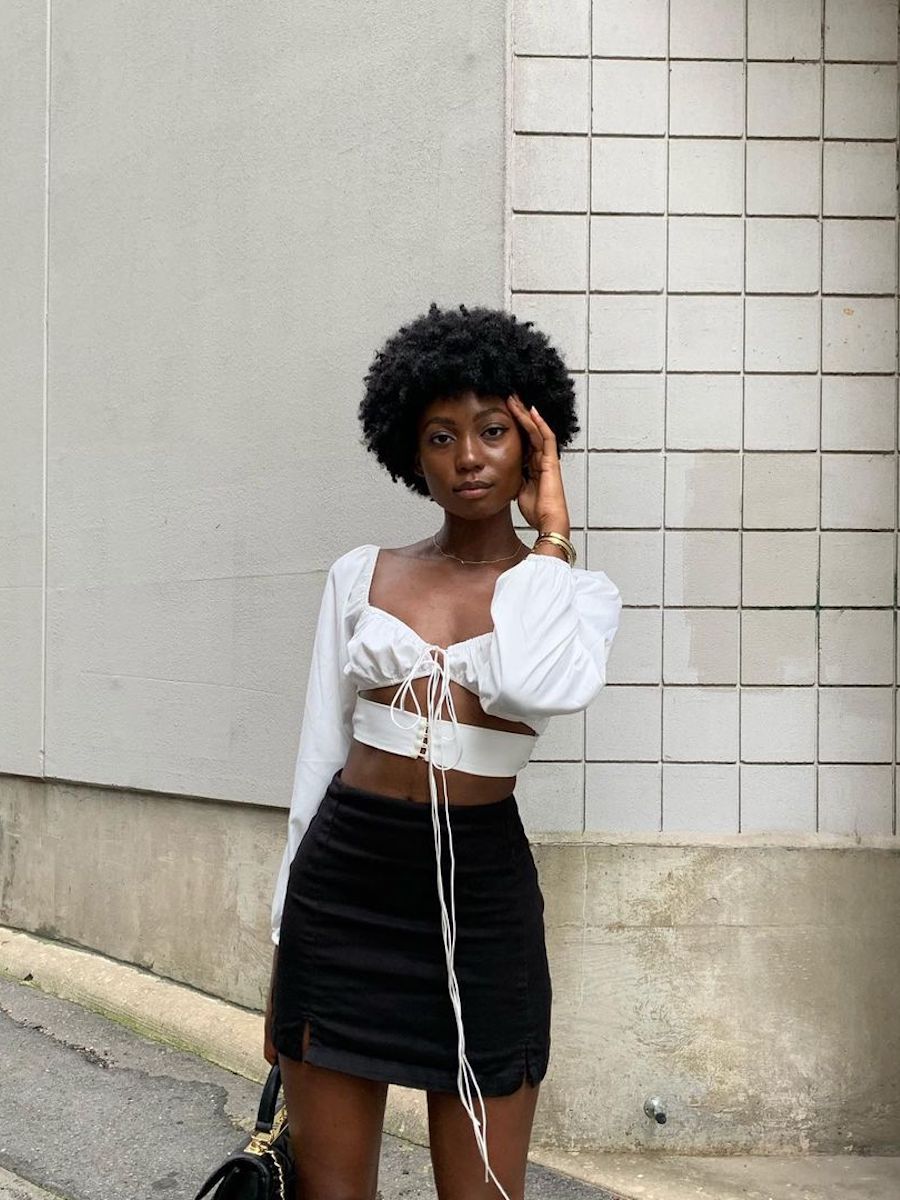
I used to run at the first sight of water, but if you want popping curls, hydration is key. "Don’t be afraid to use water! A really light, fine mist on each section can work wonders and helps to lock in moisture for your curls," says stylist Paul Falltrick.
When styling post-wash, if your hair has begun to dry, you need to re-wet it for better definition. This is the case for all textured hair, including waves and loose curls. "To bring life back to wavy and loosely curly hair, spritz with water from root to tip and follow with a wave spray or curl cream, and scrunch to help define the shape of your hair pattern," advises celebrity hairstylist and founder of Ouai Jen Atkin.
Rule #2: Build your curls in the shower
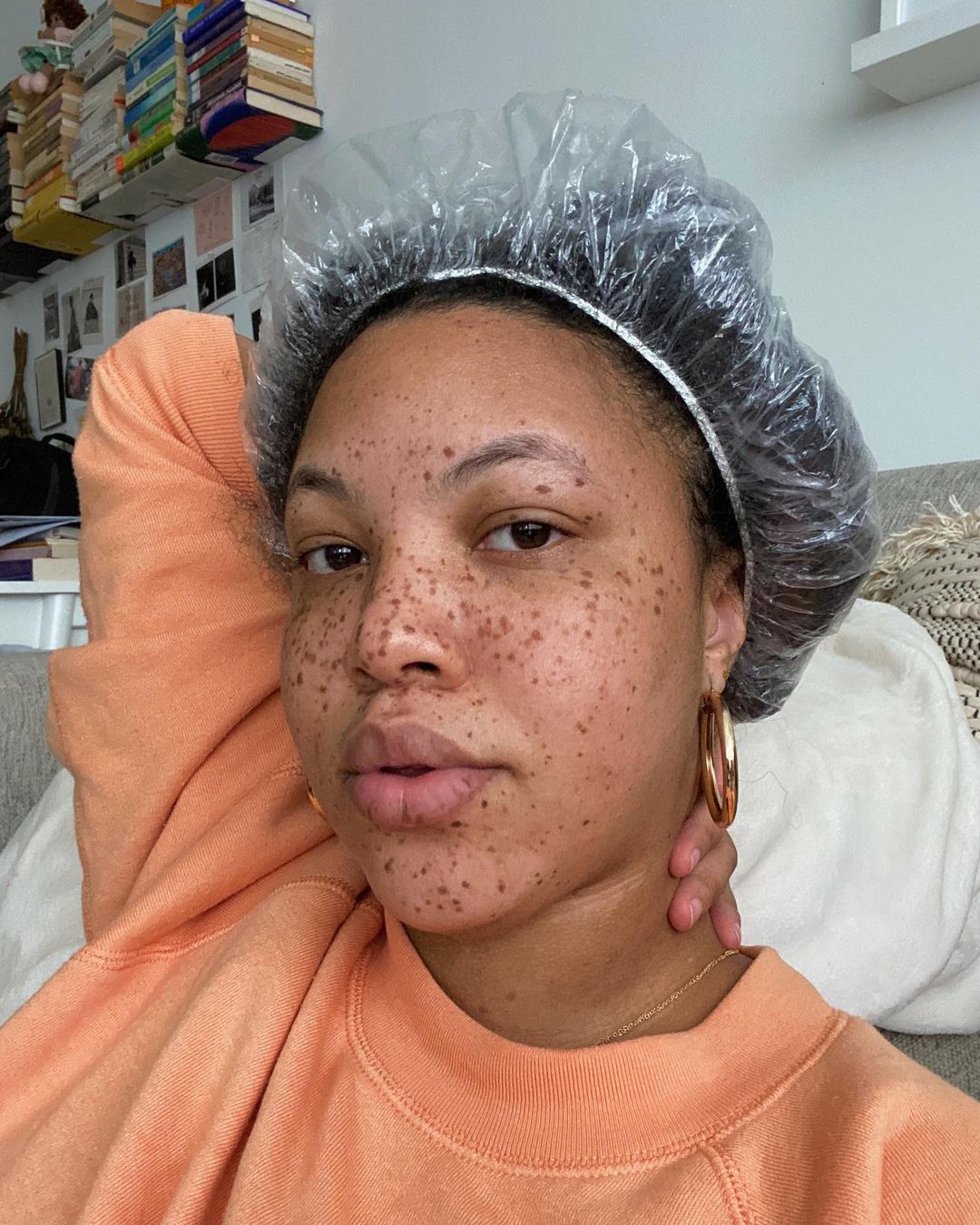
Speaking of hydration, your styling routine needs to start in the shower. "Whenever I am teaching people about how to manage curls, whether it be clients or stylists, I always say that curls are created at the backwash or in the shower," says curl expert and owner of Spring Salon. "It is so important to spend the time to really get the conditioner through the hair, get it really saturated, and to work with the hair to get the cuticle really nice and smooth."
Michelle Thompson of the HairDotCom Art Team also swears by applying product when your hair is sopping wet using the praying-hands method: pressing your palms together as you move from root to tip. "This will help you to distribute the product through the hair more evenly whilst smoothing the curl and controlling frizz," she says.
Rule #3: Only leave-in conditioners should be left in
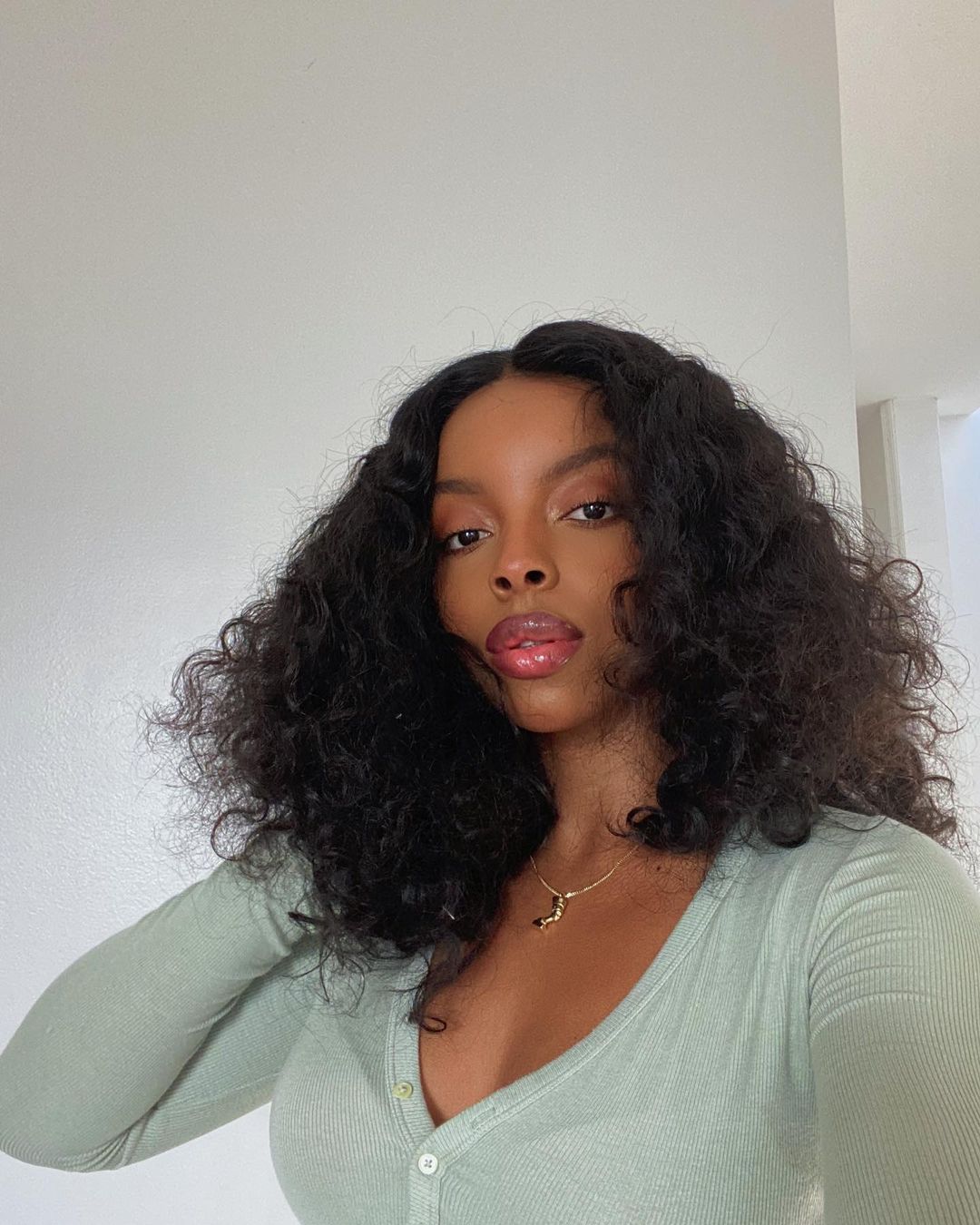
Conditioners are meant to be rinsed out for a reason, and having a lingering coat of it can lead to build-up and dry strands. "You can end up drying your curls out further by ‘leaving in’ conditioners and not reaping the full benefits of what it was formulated to do," says Renée Gadar, Aveda's global artistic director of texture. "My go-to leave-ins are either a crème formulation, such as the Aveda Botanical Repair Daily Treatment, or the Nutriplenish Leave-in Conditioner."
Rule #4: Cleanser choice is so personal

"Depending on the curl type and density of hair, there should be a cleanser for you," says Paul Edmonds of Paul Edmonds London. For finer curls with greasy roots, a co-wash might not work to effectively remove build-up and sebum, while for Afro-textured hair, a heavily lathering shampoo might be too stripping. A low-lather SLS-free shampoo is a good place to start, and then you can see if you need something more or less hydrating. Whichever you opt for, don't over-cleanse your curls.
"Make sure not to wash too often, as curly hair doesn't hold moisture as well as other hair types," says Kharla Allen, salon manager at Trevor Sorbie Bristol. Celebrity stylist Zateesha Barbour recommends the Holy Curls anti-pollution shampoo as a sulphate-free shampoo option.
Rule #5: Ditch the regular towel

Towels are known for roughing up the hair cuticle. Plus, they zap moisture. "Stop drying hair with a towel, and reach for a cotton T-shirt or a microfibre cloth, as the towel causes too much friction, which can cause frizz in curly hair," says Dom Seeley, celebrity hairsylist and international creative director of Color Wow.
And while you’re drying, remember to be gentle. "Don’t wrap your curly hair in a towel when it’s wet because it will stretch the curl out, takes too much moisture out of the hair. Instead, pat dry," advises Kerry Mather of KJM Salons fleet.
Rule #6: Avoid over-styling

Every hair expert will tell you that the curlier your hair, the more delicate it is. Therefore, less styling is recommended to avoid breakage. However, for coily hair, this can be difficult if you are looking for definition with styling techniques like braid-outs and twist-outs. If you want to extend your twist-out, Nicole Yalley, a Cantu ambassador, has this advice: "If you have short- or medium-length hair, before going to sleep, stretch your roots and lengths by using hairbands along the lengths to help to keep the hair stretched and tangle-free. For longer hair, pile curls and brush them in an upward motion and tie loosely with a hairband, covering the crown with a headscarf. Revive and moisturise twists each morning by scrunching Cantu Curl Activator Cream into the hair."
Rule #7: Avoid crunch by using creams

Curl gels are amazing for a very defined curl, especially if you have tight coils that you are stretching, and give an amazing hold. But if you’re looking for a softer finish, the experts recommend curl creams. "For a tighter curl, apply a cream to damp hair and dry with a diffuser. If you prefer a more relaxed curl, mix the cream with a serum treatment before applying on damp hair and dry naturally," says Joey Scandizzo creative director of Eleven Australia.
If you need a little more hold, apply your cream to soaking-wet hair, scrunch dry with your cotton T-shirt or microfibre towel, apply gel, and then allow your curls to air-dry, as advised by curl expert and founder of Olew Elinor Davies-Farn.
